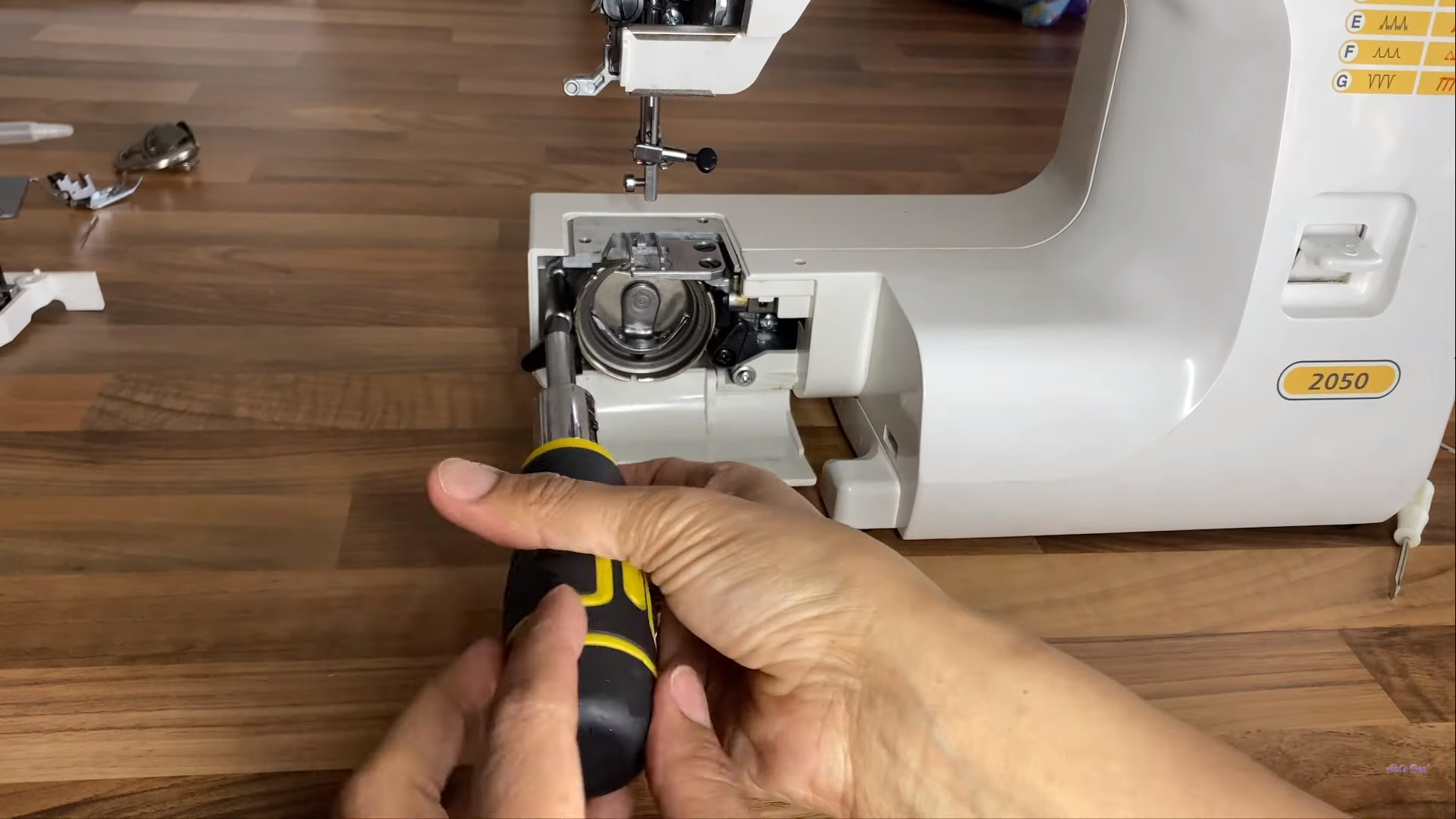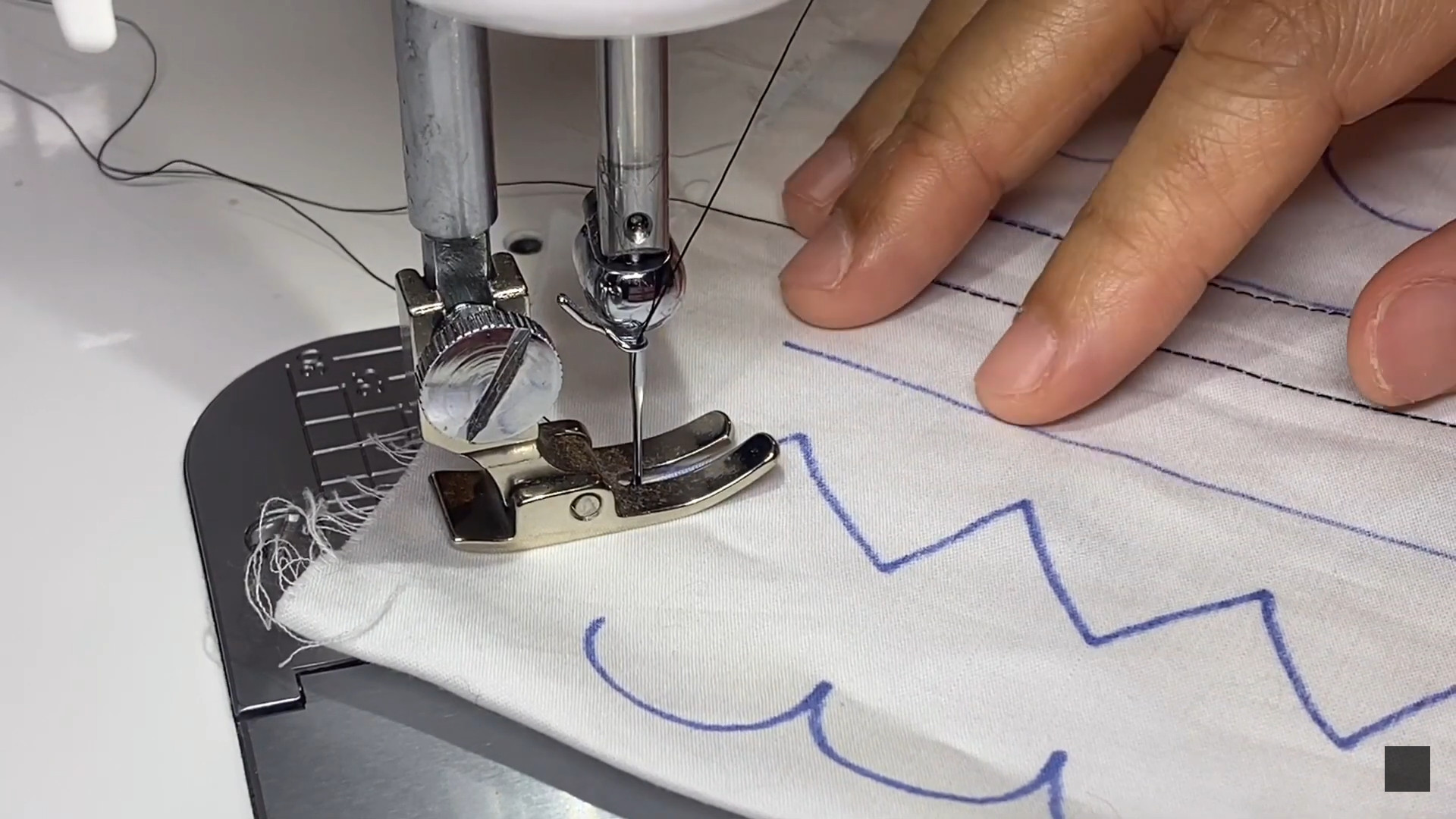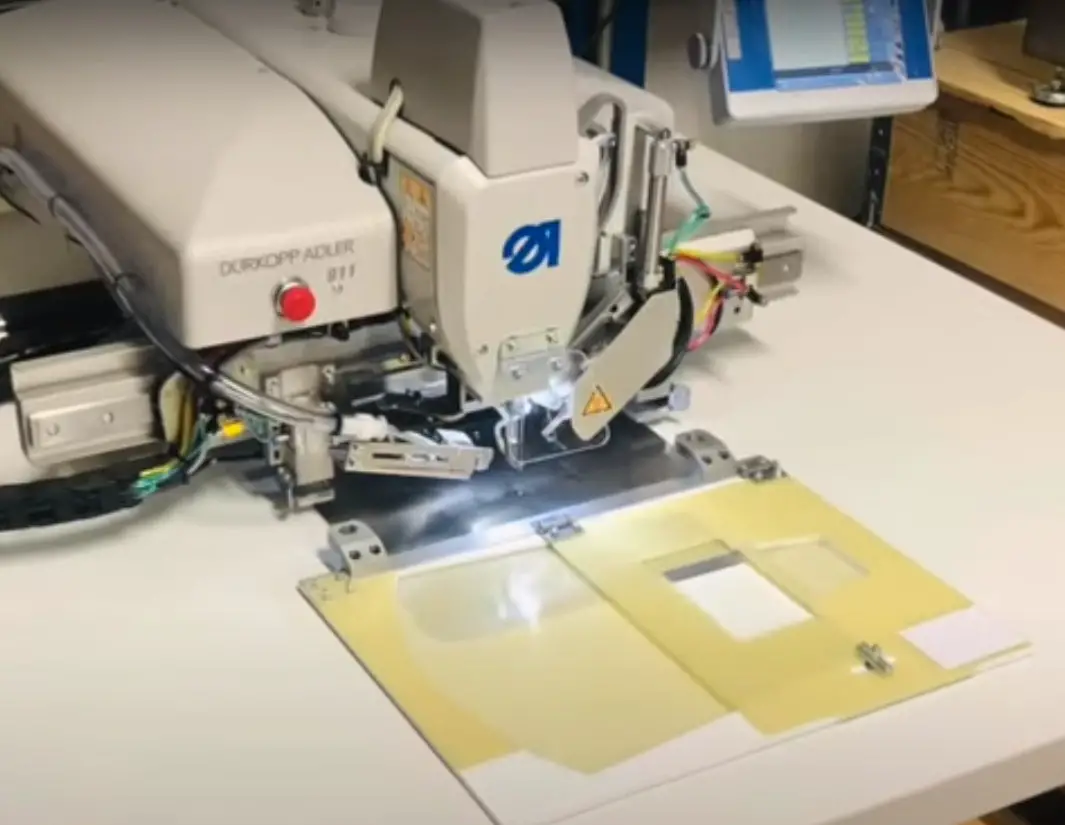What is Nap in Sewing? Here’s what you need to know for 2023
Beginners get confused with the fabric’s “nap” when selecting a fabric piece. This “nap” or pile is standard on the fabric’s materials like velvet, corduroy, or velour.
This nap is also prevalent on many products’ labeling, and figuring out what this term indicates is crucial for any sewer. So, what is a nap in sewing? What are the different types of naps you should know?
If you are wondering about these questions, don’t miss out on this post. I will explain the nap’s meaning and how it affects your sewing process.
Keep reading to find out!
Table of Contents
What Is A Nap In Sewing?
Nap refers to a fabric garment’s textures or sewing patterns. This term indicates the fuzzy surface of prevalent commercial fabric types like moleskin or velvet.
However, the nap is not only prevalent in these materials. People also use this term to indicate the surface of fabric types that have a similar napped surface, such as a beaver hat or a belt.
Many centuries ago, a nap was used to imply some special cloth pile and texture.
You can see this pile, or raised fibers, weaving into the fabric piece to cut or leave intact.
To feel the nap’s direction, try sliding your fingers gently along a velvet fabric.
The smooth and raised surface of the fibers, or piles, is the pattern of that fabric’s nap.
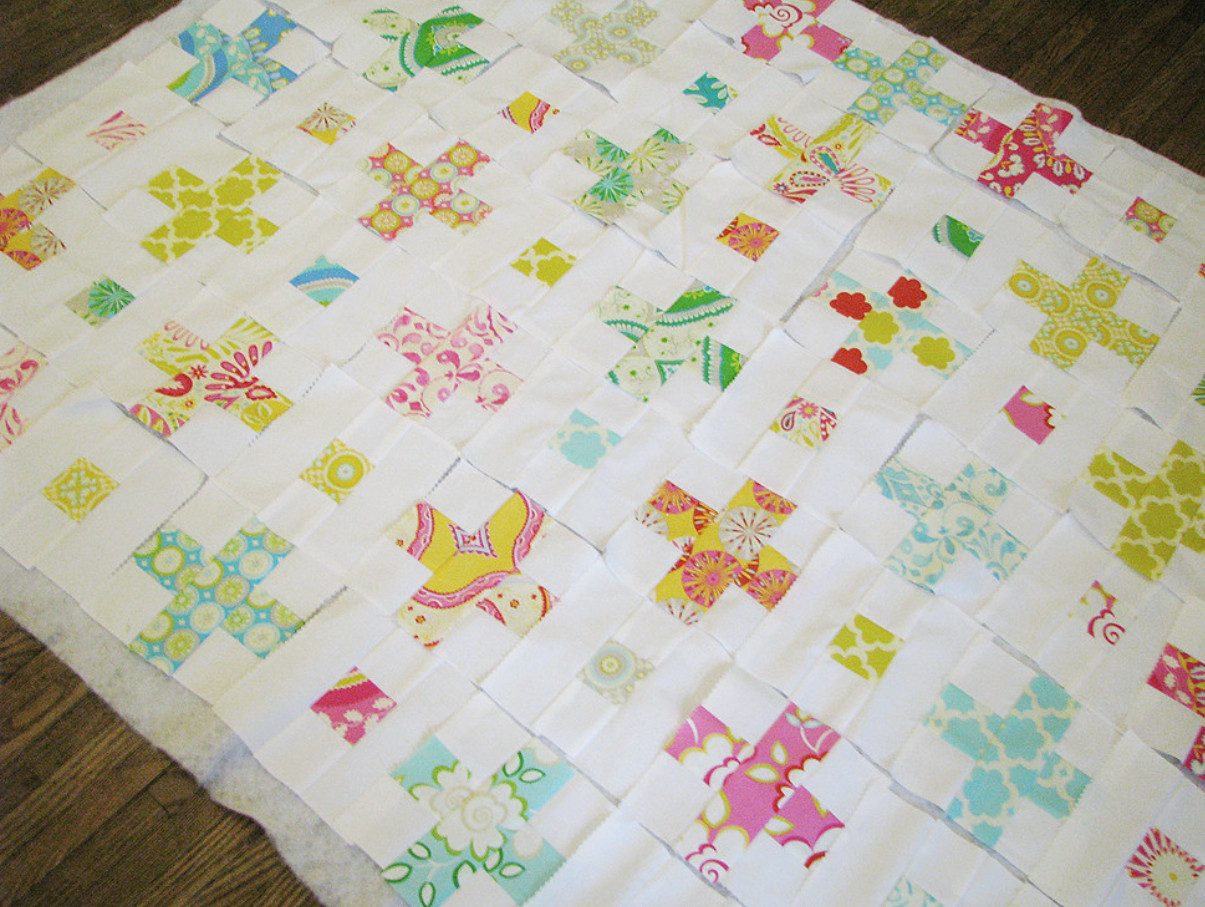
A Napped Fabric With An Added Pile
When touching a napped fabric with a pile, you can easily feel the raised fiber’s texture on its surface. However, the threads don’t necessarily have to align or run in a similar direction.
They can spread randomly in many directions and make up two main types of napped fabrics. If the fibers run parallel with the selvage, the fabric garment is considered “with a nap.”
If the fibers run parallel with the selvage, but in the opposite direction, you can call it “against the nap.” Unlike the smooth and silky texture of the napped garment, this type feels router and more scratchy.
Related:
– What is batting fabric and what is the batting fabric used for?
– What is rayon and does it stretch?
A Napped Fabric With One-Way Design
As mentioned above, the term nap doesn’t refer to the fabric garments with added piles solely. Some fabric pieces have a one-way design that needs to be handled in the same way as cutting a napped fabric.
How To Cut A Napped Fabric Garment?
Each fabric piece and type has a unique pile length and color. Therefore, you cannot cut or sew all garments in the same way.
You must identify the nap before laying the sewing pattern for every garment.
A critical rule is that all piles commonly run from the feet to the shoulders. Its running path feels smooth and silky if you try touching the pile’s surface with your fingers.

The Nap Direction
The nap direction is only sometimes needed. Whether the pile goes down or up won’t affect your performance much.
My recommendation is to sew the pile down for lighter colors and sew it in the opposite direction for darker colors.
You should ensure that all the sewing patterns run in the same direction. Most napped sewing patterns come with a layout diagram that helps sewers visualize and cut more precisely.
Pattern Pieces
When sewing the pattern pieces, pin each piece properly to avoid unwanted nap problems in the sewing process. Similarly, all the pieces must be cut facing the same direction.
You can put the pieces in different directions, but it will require more fabric material, especially when you sew a garment without a pile. If a garment is labeled “without nap”, you can cut it in any direction you like.
Be extra careful when you deal with small areas on the garment piece, like sleeves, waistbands, or pockets. You should arrange the details and check them in the mirror to select your favorite design.
Related:
– How much does a pair of jeans weigh?
– How to make jeans bigger without sewing?
Cutting
If you use a fabric garment with a nap, it’s advisable to cut it using one single layer. Since the fabric pieces will move alongside each other, you should not cut them on the fold.
It’s impossible to avoid the fuzzy bits when cutting a napped fabric garment, and you should not worry too much about this issue. However, you can cut the pile up from the wrong side to prevent the fuzz from flying around.
What Fabric Materials Come With A Nap?
Some prevalent fabrics like terry cloth, corduroy, velveteen, velvet, velour, and suede commonly come with a nap.
Meanwhile, some material, such as fleece, corduroy, or velvet, has a pile that requires a napped layout.
You can check if a fabric garment has a nap by running a finger along its surface.
If the texture feels smooth but becomes spiky when you slide in the opposite direction, your fabric is napped.
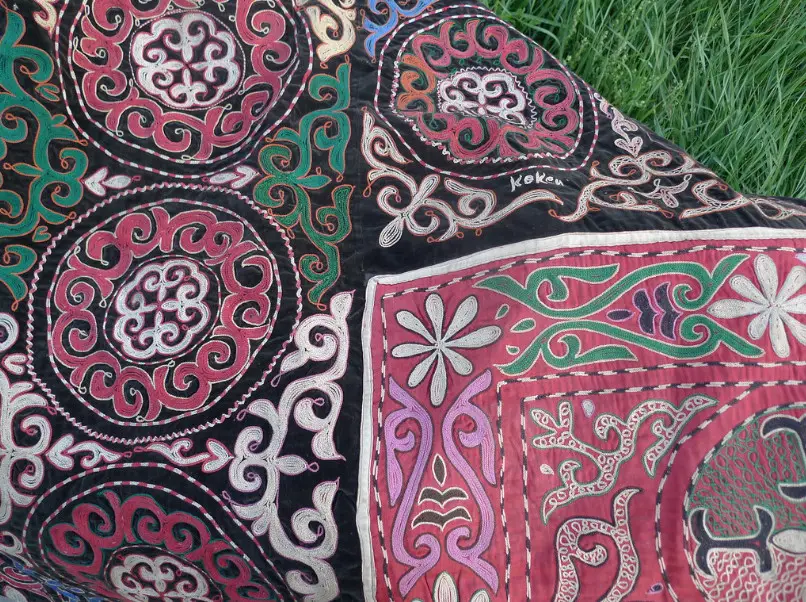
Sewing Napped Fabric
You can sew a napped fabric in the same way as dealing with regular fabric pieces after cutting it out.
Consider the garment’s types to choose suitable needles, seams, and threads.
Trim the edges of thick fabric a little if it has a long pile, which would make your sewing process much more manageable.
You just need to follow the printed sewing design for the napped cotton fabric.
However, ensure not to put the pieces upside down, especially when dealing with rectangular or symmetrical fabric garments.
Final Thoughts
Nap refers to the surface texture of a special fabric with an added pile.
It indicates how the fibers are aligned and assembled on that garment piece, thus helping the sewers cut it properly.
It’s critical to spot the nap direction before you want to sew a fabric garment.
You can identify the nap by touching the garment’s surface. It has a smooth and silky texture where the fibers run along.
I hope this post has brought you an in-depth overview of sewing nap.
Thank you for reading!

